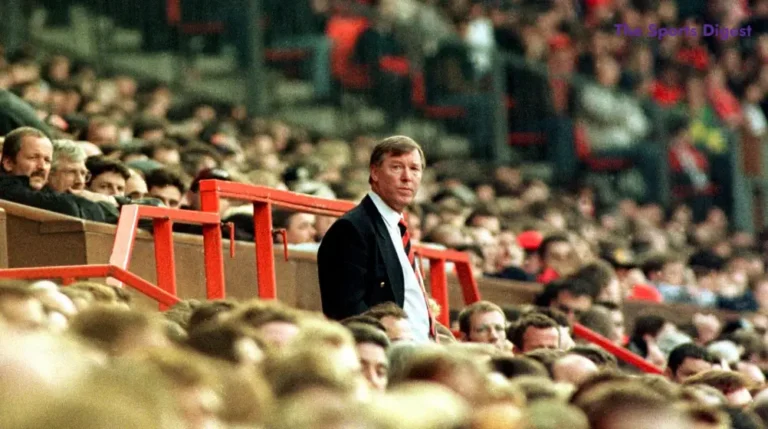Casillas’ Positioning: Concept and Impact
Casillas’ positioning is a term that can be used to describe an unconventional and often unexpected type of positioning adopted by some goalkeepers, particularly when dealing with free kicks. This unique approach became closely associated with the legendary Spanish goalkeeper Iker Casillas, who was known for his daring and unorthodox decisions on the field. Instead of following traditional methods, Casillas would sometimes leave the goal to focus on covering specific areas, like the post, or even move to positions that seemed uncharacteristic for a goalkeeper in such situations. The idea was to disrupt the flow of the free kick by catching the opposing players off guard.
Although this strategy might initially appear odd or risky to many, Casillas often used it with great success, confusing attackers and creating moments of surprise that led to favorable outcomes for his team. His innovative approach to goalkeeping became a hallmark of his career, setting him apart as a tactically aware goalkeeper who wasn’t afraid to think outside the box.
Table of Contents
Casillas’ Positioning: Raya’s Critical Mistake
In the match between Manchester United and Arsenal, goalkeeper David Raya made a significant error in his positioning when Bruno Fernandes lined up to take a free kick. Instead of adopting a traditional positioning that would allow him to cover the entire goal, Raya made a surprising choice to position himself near the left post (the right from his perspective). This decision left a large and obvious gap in the middle of the goal, one that Fernandes could easily target. By focusing on the post, Raya failed to adequately cover the area where the shot was most likely to go, and this unorthodox positioning created an opportunity for Fernandes to exploit the open space.
As a result, the free kick was executed with precision, and the ball found its way into the net, leading to an easy goal for Manchester United. The incident highlighted the risks of deviating from traditional goalkeeper positioning, especially during crucial moments in a match when a lapse in judgment can be costly. Raya’s mistake became a clear example of how unconventional positioning can backfire when not executed with the necessary tactical awareness.
Casillas’ Positioning Against Barcelona: A Model of “Casillas’ Positioning”
One of the most iconic moments that perfectly exemplifies the concept of “Casillas’ Positioning” occurred during the 2012 Supercopa Clasico against Barcelona. In this highly intense match, Lionel Messi was preparing to take a free kick near the penalty area, a moment that could potentially lead to a dangerous situation for Real Madrid. However, instead of positioning himself traditionally in the center of the goal, Casillas made a bold decision to leave the goal wide open and move to the right post. This unusual choice, much like the error made by David Raya in the Arsenal match, seemed illogical at first glance, as it exposed a large portion of the goal.
Despite the apparent risk, this move added an element of surprise for the attackers. Messi, along with the Barcelona players, likely expected a more conventional reaction from the goalkeeper, but Casillas’ unexpected positioning disrupted their expectations. The goalkeepers’ unpredictable movements often force attackers to second-guess their actions, and in this case, Casillas used this unpredictability as a tactical advantage, keeping Barcelona’s attackers on edge and making it difficult for them to capitalize on the opportunity.
The Impact of “Casillas’ Positioning” on Contemporary Goalkeepers
Although “Casillas’ Positioning” became one of the defining characteristics of Iker Casillas’ goalkeeping style, it has gradually influenced the positioning tactics of modern goalkeepers. Today, many goalkeepers, including David Raya, are adopting more innovative and unconventional positioning strategies during free kicks. This shift reflects a growing awareness and understanding of tactical play, as goalkeepers are no longer bound by traditional methods. They are now more focused on how to adapt their positioning based on the circumstances of the game, the movements of the attacking players, and the specific threat posed by a free kick.
Modern goalkeepers have started to think more proactively, using unexpected movements to outsmart attackers and disrupt their execution. This evolution in goalkeeping technique shows that the role of a goalkeeper is no longer just about reacting to shots but also anticipating and influencing the play. As football continues to evolve, it is likely that we will see further advancements in goalkeeper positioning, as goalkeepers explore new ways to align their tactics with the fast-paced, dynamic nature of modern football. This constant innovation ensures that the role of the goalkeeper remains as crucial as ever in influencing match outcomes.
Lessons Learned from Goalkeeper Positioning: Between Creativity and Risk
While “Casillas’ Positioning” may offer strategic benefits at times, it is important to recognize that the decision to position oneself far from the goal can carry significant risks. In the case of David Raya, his unconventional positioning during a free kick directly led to conceding an easy goal, showcasing how a seemingly creative decision can backfire. This highlights the delicate balance that goalkeepers must strike between innovation and caution. While thinking outside the box can sometimes disrupt attacking players and create opportunities, it also opens the door for unexpected vulnerabilities.
A goalkeeper must weigh the potential rewards of an innovative move against the risks of leaving large portions of the goal exposed. Therefore, the experiences of goalkeepers like Raya and Casillas teach us valuable lessons about decision-making in high-pressure moments. It’s essential for goalkeepers to develop a sense of timing and awareness, understanding when to take risks and when to stick with traditional techniques. In the end, the best goalkeepers are those who can balance creativity with responsibility, ensuring that their decisions are both bold and calculated.
Have you ever read an article like this?
There are no reviews yet. Be the first one to write one.






